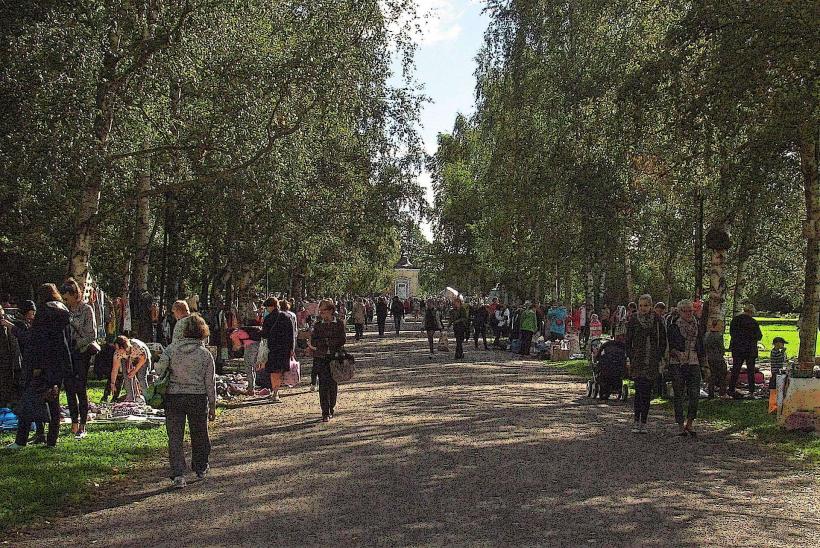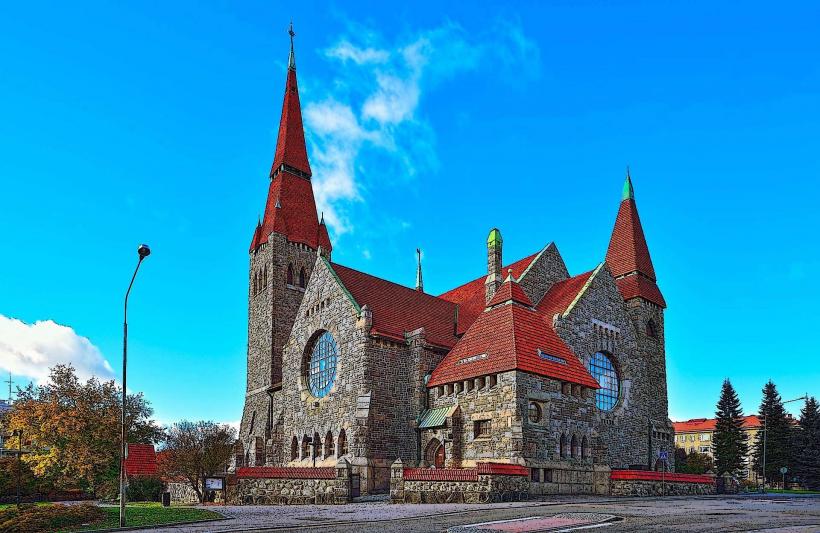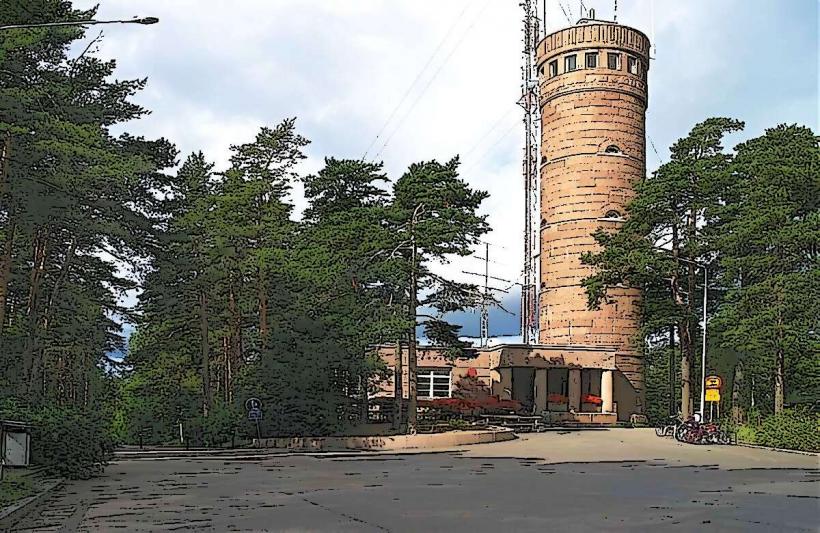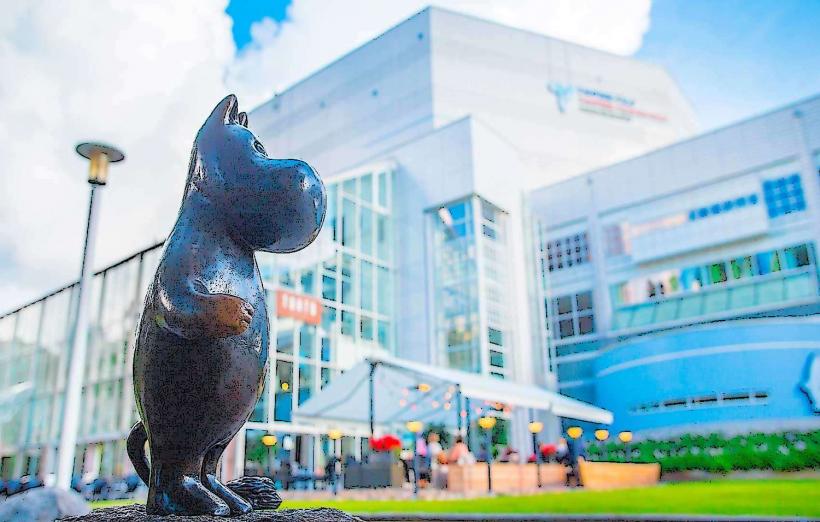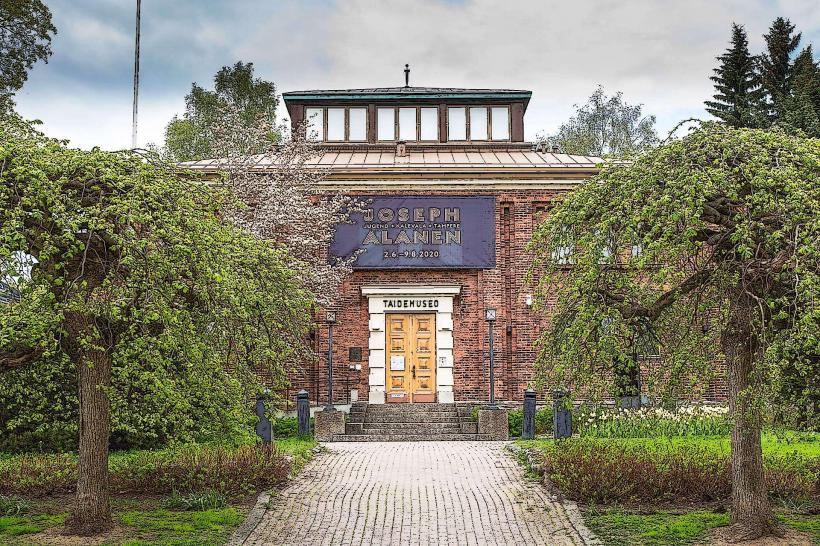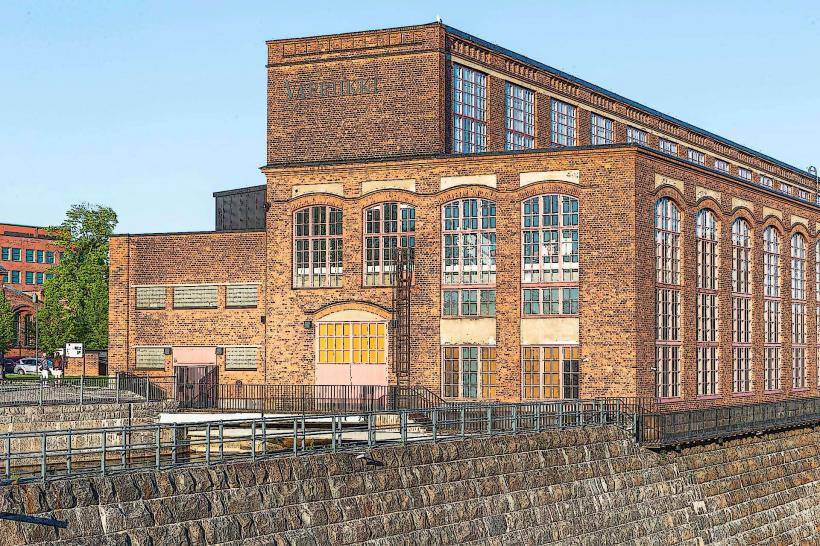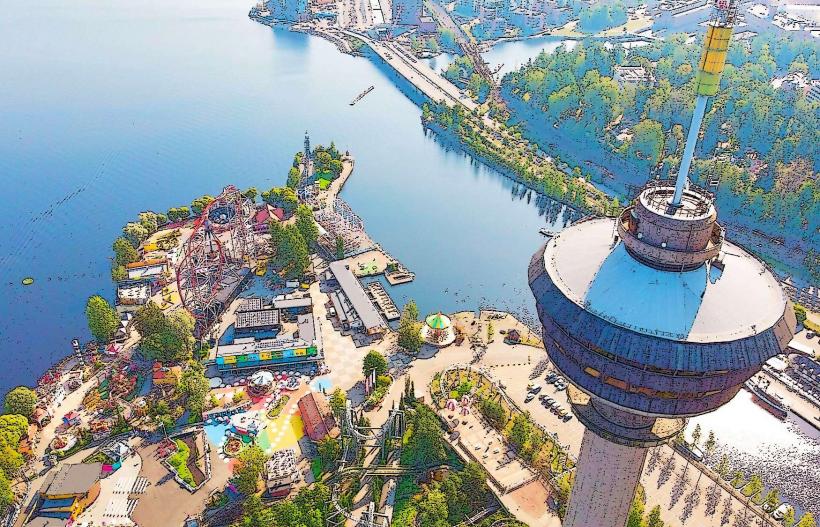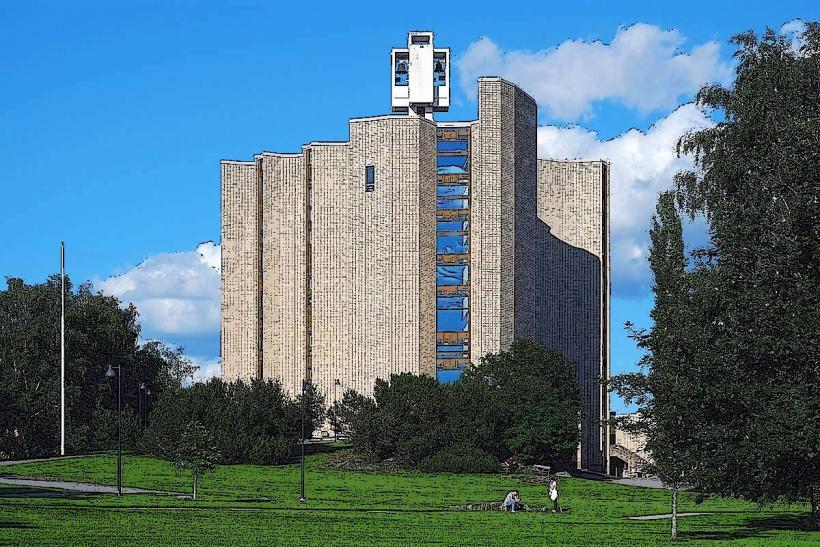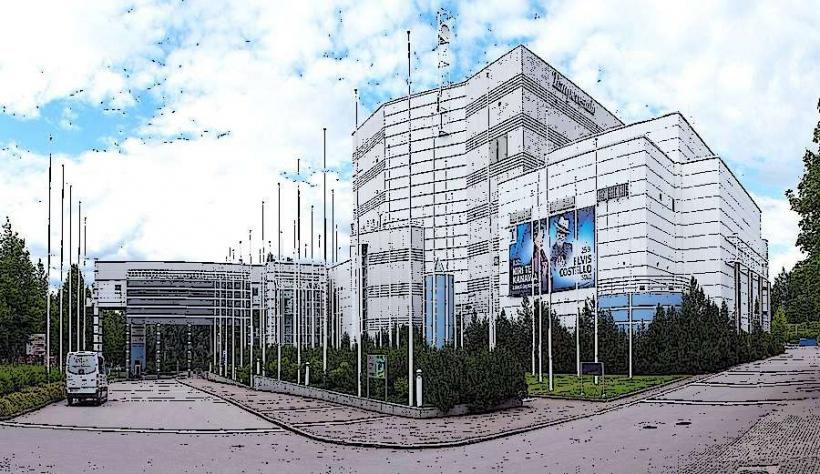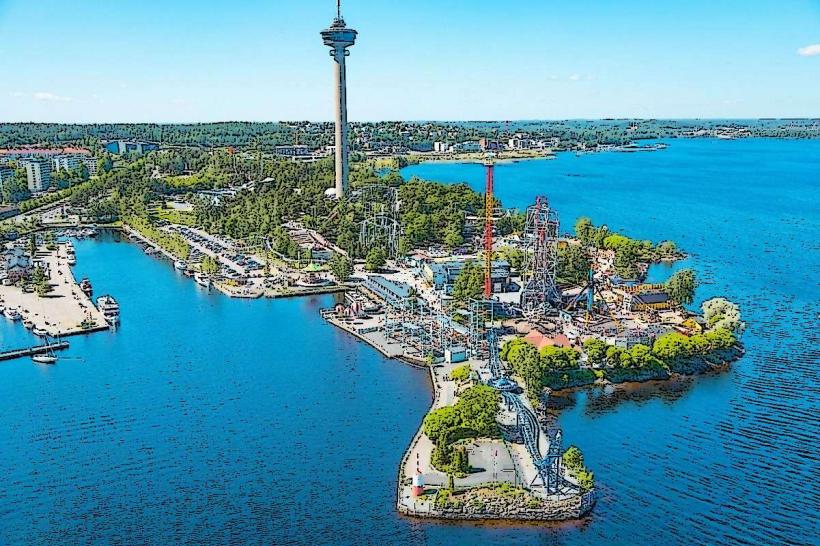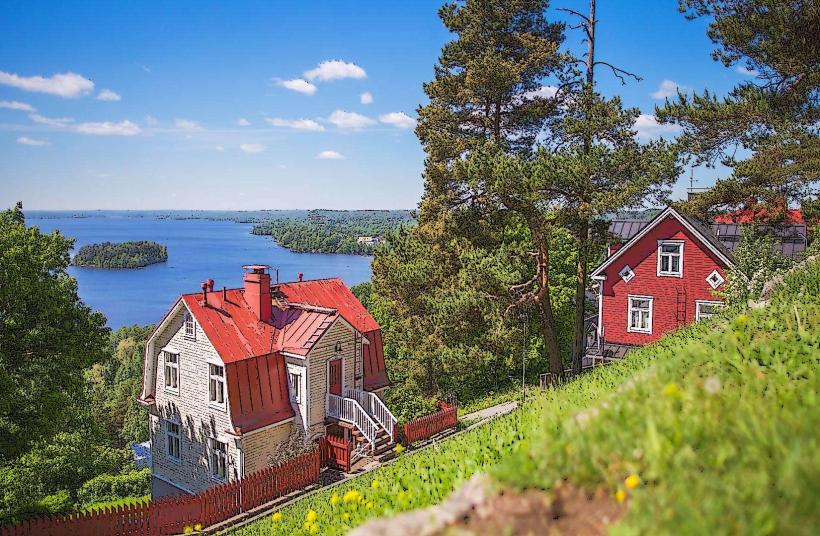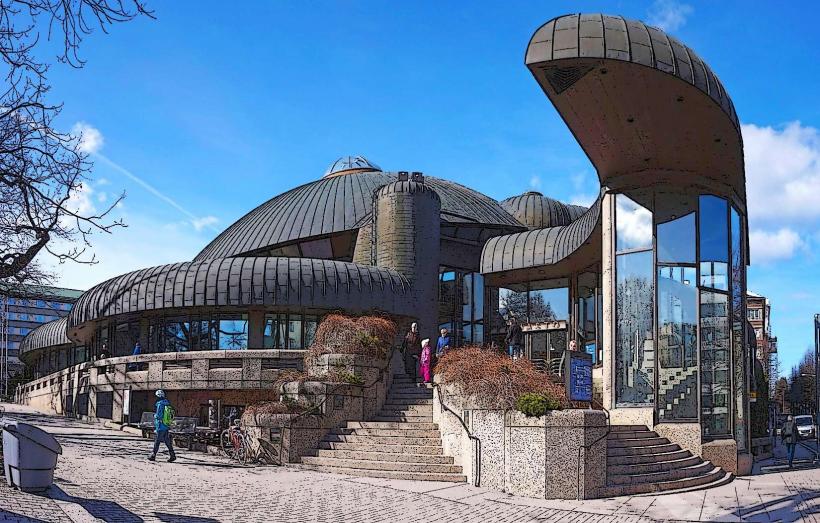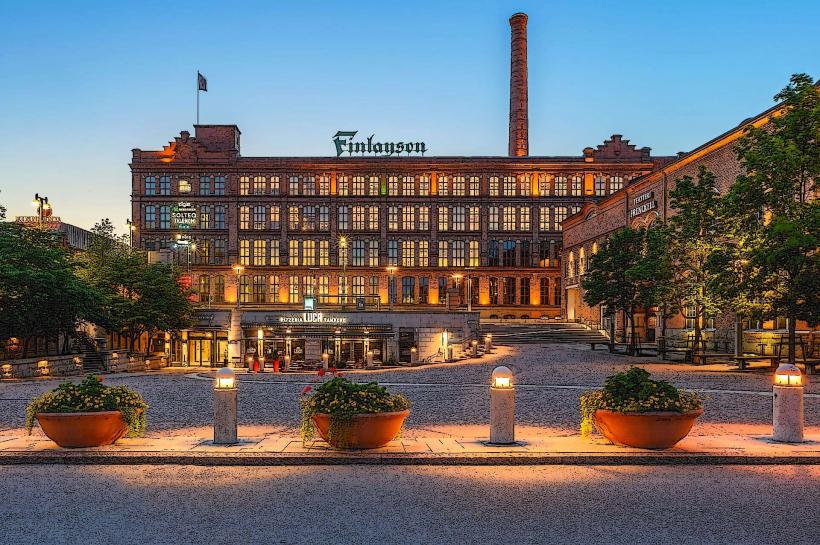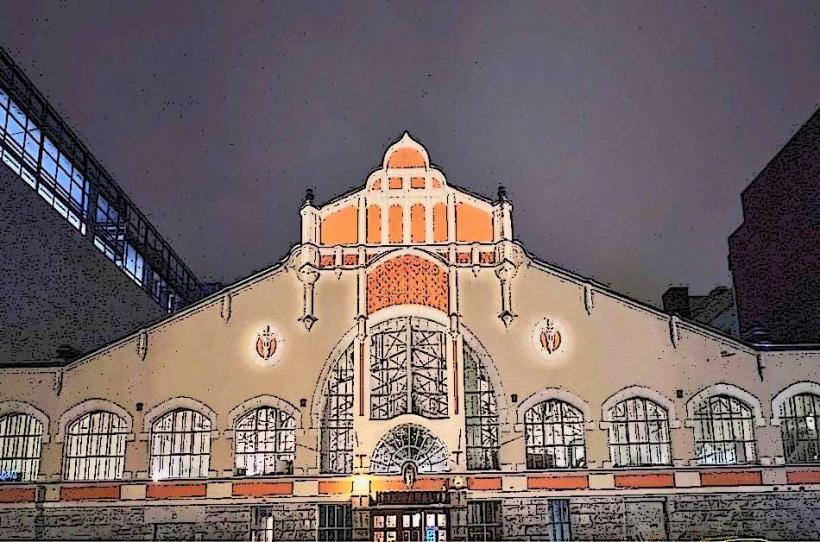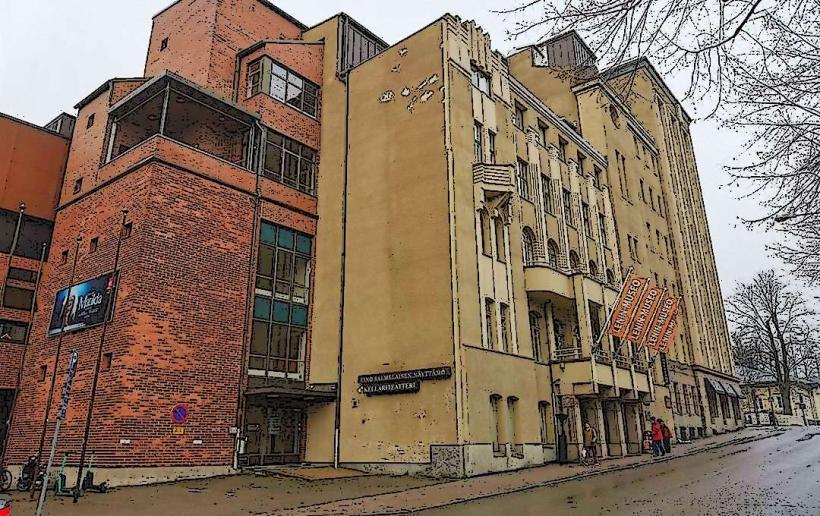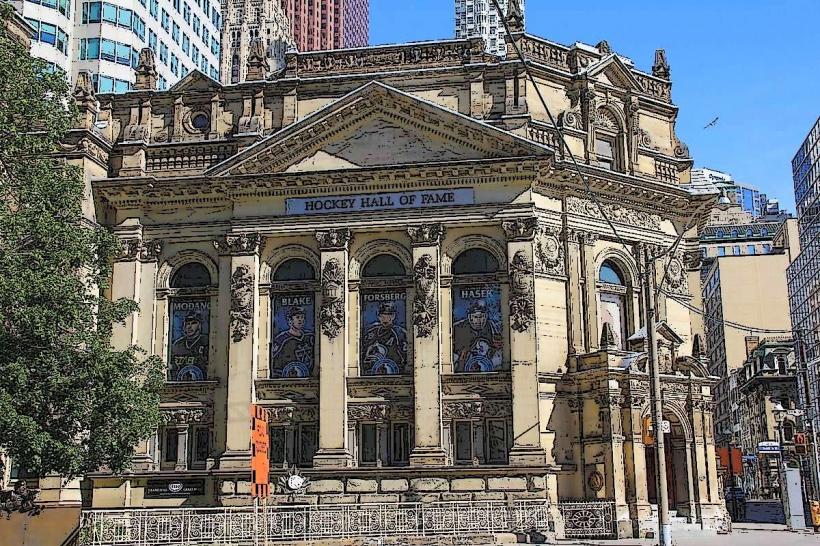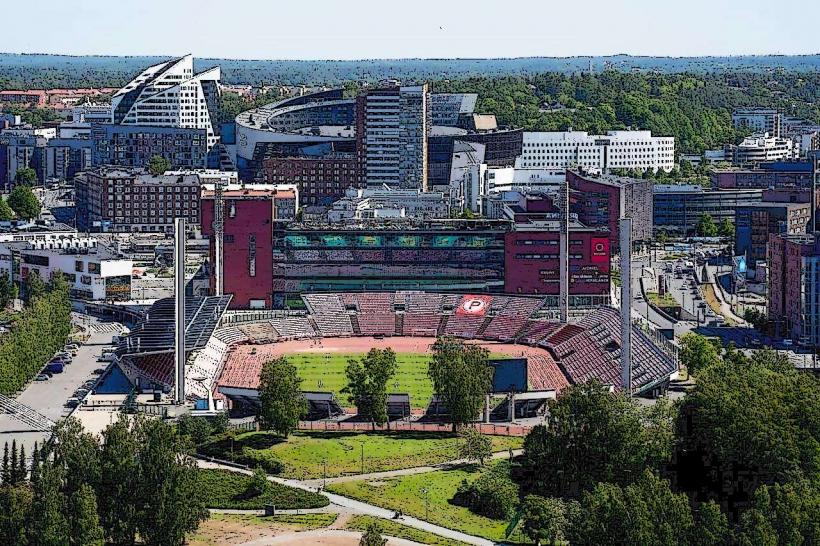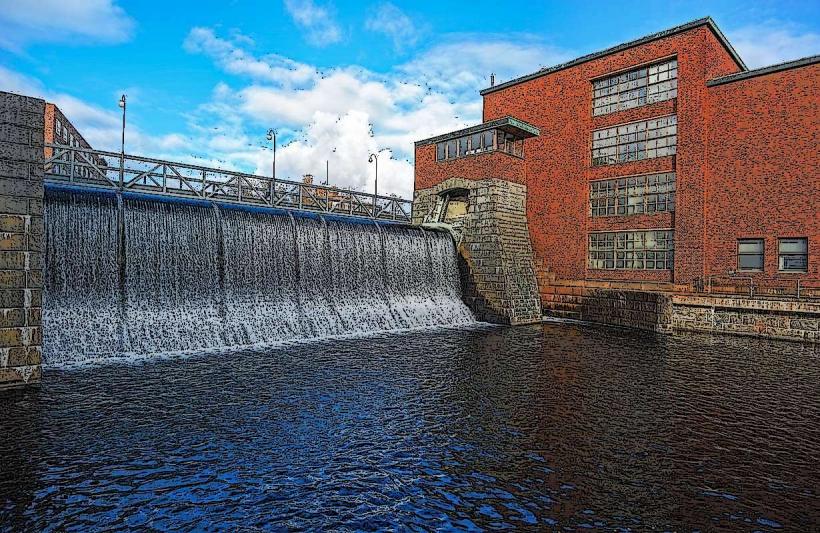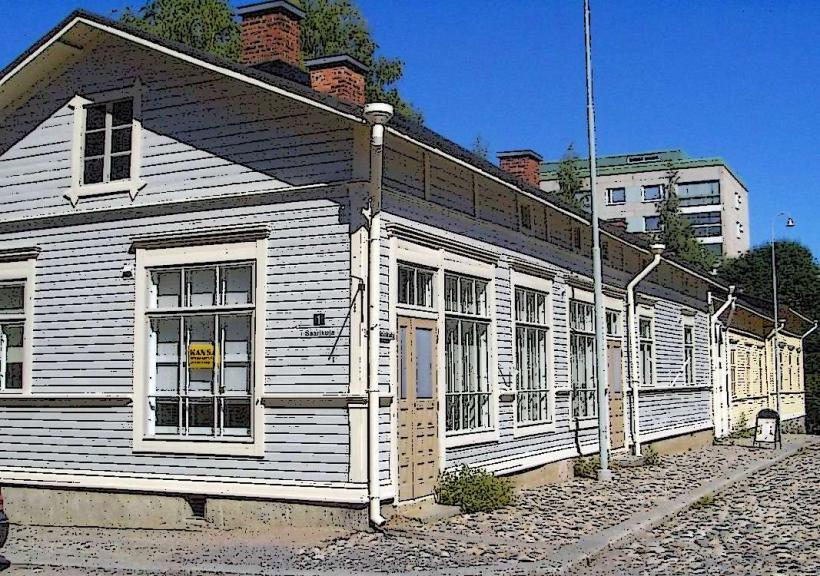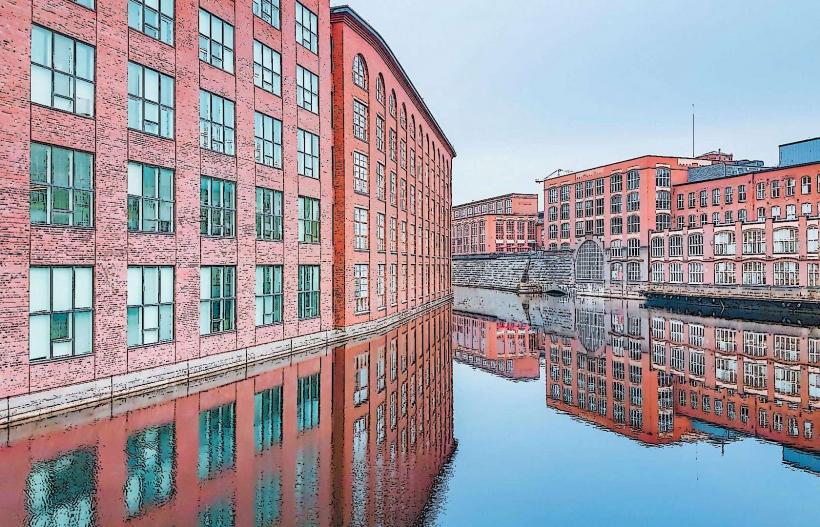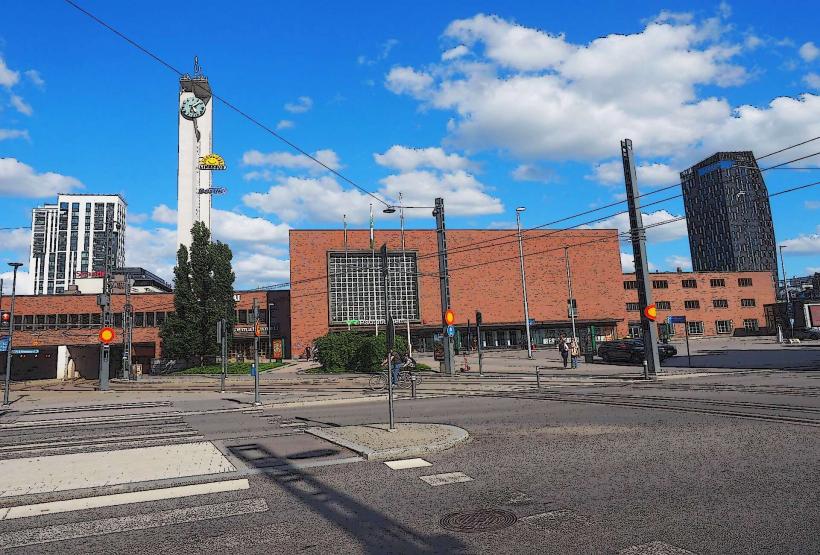Information
Landmark: Finnish Labour MuseumCity: Tampere
Country: Finland
Continent: Europe
The Finnish Labour Museum (Työväenmuseo) is an insightful cultural institution in Tampere that explores the history of labor, working-class life, and social movements in Finland. The museum offers visitors a comprehensive look at how the industrial revolution, labor movements, and societal changes have shaped modern Finland. It is located in the Finlayson area, historically significant for its role in Finland's industrial development, and is part of the broader Vapriikki Museum complex.
1. History and Location
- Founded: The Finnish Labour Museum was established in 1981 to preserve the rich history of Finnish labor and working-class movements.
- Location: The museum is situated in the heart of Tampere, near the Finlayson factory area, an iconic location that was central to Finland’s industrial history. The Finlayson area was one of the country’s first textile factories, playing a significant role in the rise of industrial labor in Finland.
- The museum is housed in the Finlayson complex, which is now a cultural and historical hub for the city, surrounded by cafes, galleries, and other museums.
2. Permanent Exhibitions
The Finnish Labour Museum offers a wide range of permanent exhibits that explore different aspects of Finland’s labor history, social structures, and working conditions. These exhibitions feature personal stories, historical documents, and artifacts, helping visitors understand the significant role of labor in shaping Finnish society.
- Industrialization and Labor: One of the key themes in the museum is the history of industrialization in Finland and its impact on workers. This includes exhibits that cover the rise of factories, the harsh working conditions, and the struggles of industrial workers in the 19th and early 20th centuries.
- Workers' Rights and Social Movements: The museum delves into the development of workers' rights in Finland, exploring how labor unions and political movements, including the Finnish Social Democrats and communists, fought for better working conditions, wages, and social justice.
- The Labour Movement in Finland: The museum provides an overview of the Finnish labor movement and its influence on politics and society. It highlights key events such as the Finnish Civil War in 1918, the general strikes in the early 20th century, and the subsequent reforms that shaped Finland's welfare state.
- The Role of Women and Immigrants: There are also exhibits that explore the contributions of women and immigrants to the Finnish labor force, examining gender and ethnicity in the labor market and how these groups have fought for equal rights and opportunities in the workforce.
- Workers' Homes and Daily Life: This section of the museum offers a glimpse into the daily life of Finnish workers, featuring artifacts such as household items, clothing, and photographs. It explores how working-class families lived, their domestic routines, and the social challenges they faced.
3. Key Artifacts and Exhibits
- Historical Documents and Photographs: The museum houses a large collection of photographs, posters, and documents that reflect the struggles and triumphs of Finnish workers. Many of these items come from labor unions, political groups, and workers’ organizations from the late 19th and early 20th centuries.
- Work Tools and Machines: The museum’s collection includes original tools and machinery used in the early factories, showing how industrialization changed the way people worked and the types of labor involved.
- Labor Union Memorabilia: The museum displays items related to Finland’s labor unions, including flags, buttons, and banners. These artifacts trace the history of union organization and its pivotal role in securing workers' rights.
- Costumes and Clothing: The museum also features exhibits on the work clothing of Finnish laborers, from factory workers to agricultural laborers, giving insight into the practical and often difficult working conditions of the past.
4. Temporary Exhibitions
- In addition to its permanent exhibits, the museum hosts temporary exhibitions that focus on specific aspects of labor history or contemporary social issues. These exhibits might explore topics such as the modern labor market, the impact of automation, or global labor movements.
- The temporary exhibits also often feature photography, art, and interactive installations, helping to bring the stories of workers and their struggles to life in a dynamic and contemporary way.
5. Educational Programs and Workshops
- The Finnish Labour Museum offers a variety of educational programs and workshops aimed at both school groups and the general public. These programs focus on labor history, workers' rights, and the social changes in Finland.
- Programs are designed to make the complex history of labor movements engaging for children, students, and adults alike. These educational offerings include guided tours, lectures, and hands-on workshops that help deepen visitors' understanding of Finnish history and the significance of the labor movement.
6. Visitor Experience
- Interactive Exhibits: The museum integrates multimedia elements to enhance the visitor experience, including touch screens and audio guides that provide more in-depth information about the exhibits. Interactive components allow visitors to learn through hands-on activities, such as experiencing the daily routines of early workers or exploring how political movements shaped the labor market.
- Family-Friendly: The museum is suitable for visitors of all ages, with many interactive features designed for children. The museum’s focus on social movements and historical themes also provides opportunities for reflection on the importance of social justice and workers’ rights.
- Multilingual Support: The museum provides information in Finnish, Swedish, and English, making it accessible to international visitors. Audio guides and signs in multiple languages ensure that people from different backgrounds can engage with the museum’s content.
- Museum Shop: The museum has a shop where visitors can purchase books, souvenirs, and other items related to the history of Finnish labor and the museum’s exhibits. This includes books on Finnish industrial history, workers’ movements, and labor unions.
7. Conclusion
The Finnish Labour Museum in Tampere is an important institution for understanding Finland’s social and economic development. It highlights the central role that labor and industrialization played in shaping the modern Finnish state and offers a powerful narrative about the struggles and achievements of workers. With its fascinating exhibits, interactive displays, and educational programs, the museum provides a deep and engaging look at Finland's labor history, making it a must-visit for anyone interested in social history, labor movements, or Finnish culture.

